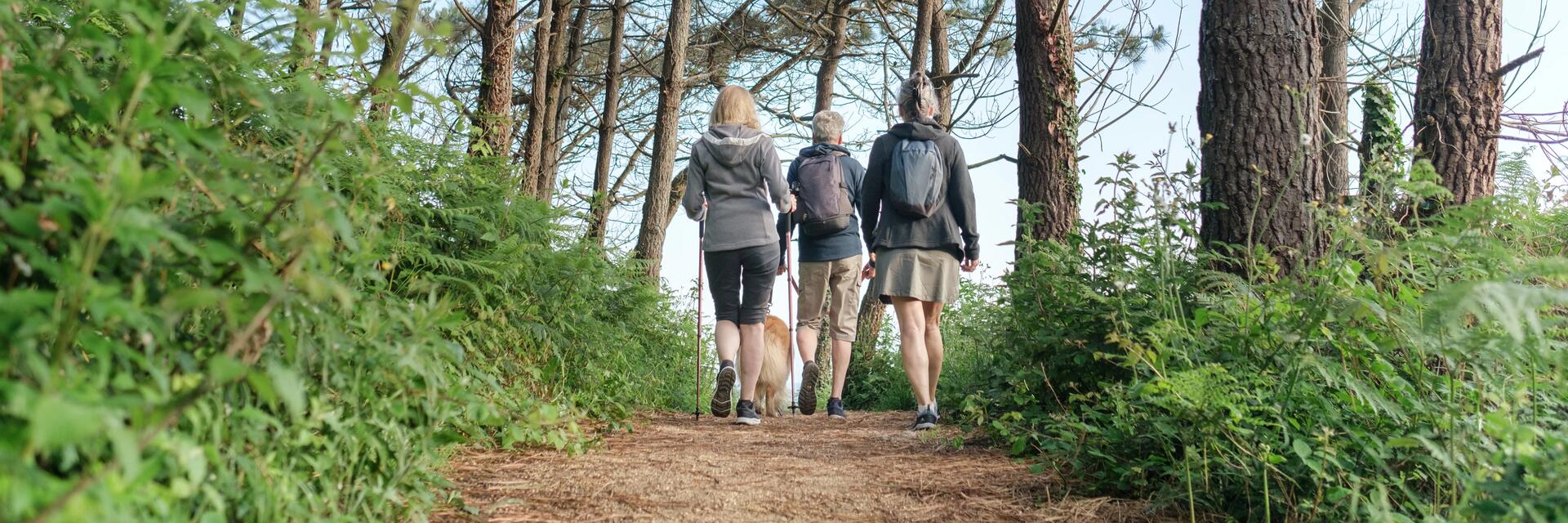Why practise Afghan walking?
Does the concept of "Afghan walking" seem a bit vague to you? Let's break it down! First: "walking", simply because this technique is performed while walking (easy 😅). One foot in front of the other - so far, so good. So then," Afghan" ? Here’s where things get complicated. We owe this name to the French economist Edouard Stiegler, who during an economic mission to Afghanistan in the 80s, observed the walking method used by nomadic tribes in the desert. He noticed they could walk hundreds of kilometres over several days, without seeming to get tired. Trying to understand their secret, beyond good physical condition and bodies accustomed to daily effort, he realised that the nomads synchronised their breathing and the rhythm of their steps. Returning to Europe, Edouard Stiegler wanted to share this method and called it "Afghan walking".
And that's it for our culture minute! So this method is based on physical and respiratory movement. The principle? Adopt conscious breathing to match your steps. More than just a way of hiking in nature, it’s a state of mind which combines the benefits of walking and those of cardiac coherence (controlling your breathing). Because on a daily basis, we breathe rather irregularly and superficially: we breathe in and out via the thorax. With Afghan walking, the aim is to seek deep, ventral breathing, to achieve better pulmonary amplitude. But that’s not all!








